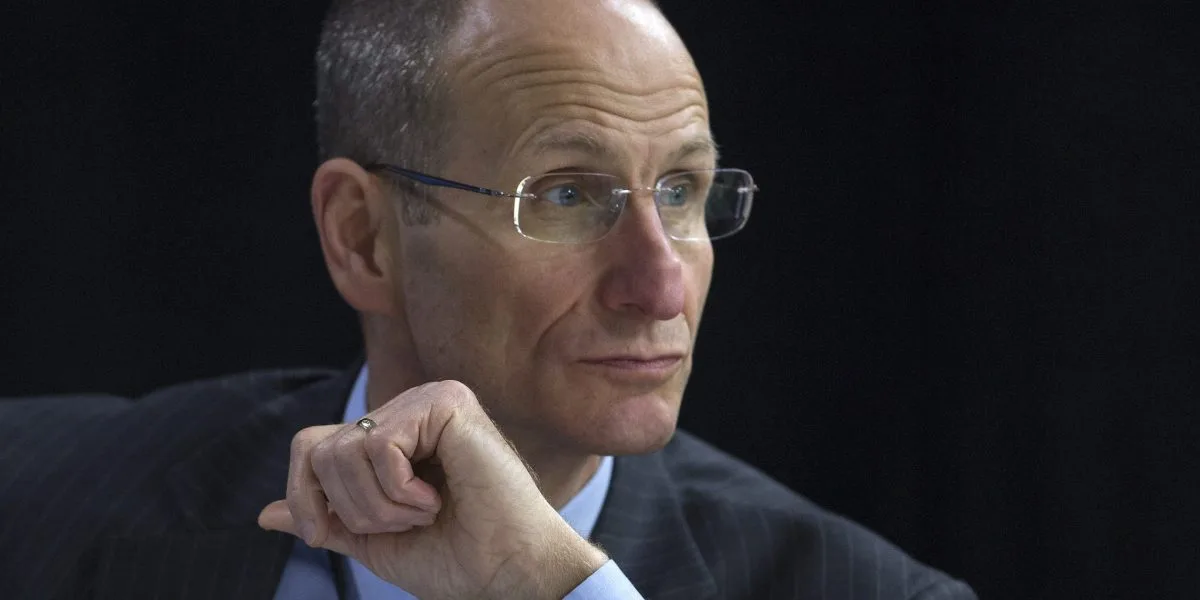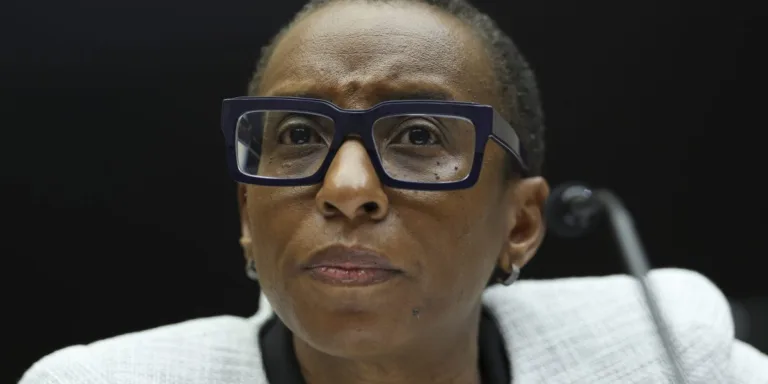The Future of Office Work: Less Time in the Office, More Flexibility
The Shift Towards Remote Work
The COVID-19 pandemic has caused a significant shift in the way we work, with more companies embracing remote work policies. This has had far-reaching implications for the real estate industry, particularly office landlords who are grappling with declining tenant demand and rising vacancy rates. Bob Sulentic, the CEO of real estate brokerage CBRE Group Inc., predicts that workers will spend 20% to 25% less time in the office compared to pre-pandemic times.
Optimizing Work-Life Balance
One of the key drivers behind this shift is the desire for a better work-life balance. Sulentic acknowledges that people no longer want to spend hours in traffic commuting to the office. Companies like CBRE are now focused on finding the optimal balance between in-person work and remote work.
Challenges for Office Landlords
The rise of remote work has presented challenges for office landlords, resulting in a higher office vacancy rate of 18.4% in the US. This decline in tenant demand has also led to a 21% decrease in office prices over the past year. Additionally, landlords are feeling the pressure of higher borrowing costs, which have affected commercial real estate valuations more than anticipated.
The Future Outlook
The future of office work is likely to entail a more flexible approach, with employees spending less time physically present in the office. This shift offers opportunities for innovative workspace solutions and could potentially lead to a redesign of traditional office spaces to better accommodate the changing needs of workers.







